
Electrical Engineering
A firefly’s flash inspires new nanolaser light
Synchronized emissions from innovative on-chip lasers create possibilities for inexpensive artificial neural networks.
Page 10 of 12

Electrical Engineering
Synchronized emissions from innovative on-chip lasers create possibilities for inexpensive artificial neural networks.

Statistics
A systematic approach to selecting and configuring statistical models improves predictions of extreme events.
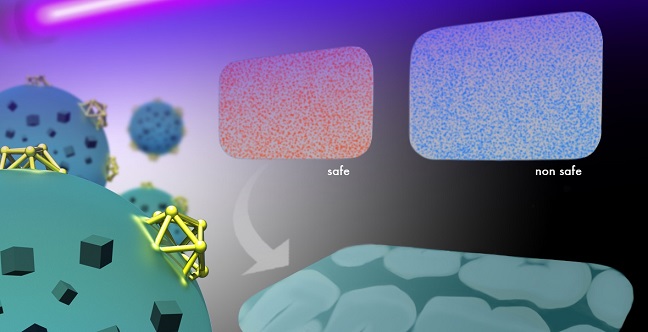
Chemistry
Spiky-shaped additives help antimicrobial coatings sense and inhibit bacteria growth on dental devices.

Electrical Engineering
Insights into the thermal behavior of metal-nitride nanowires could open new avenues in optical electronics.
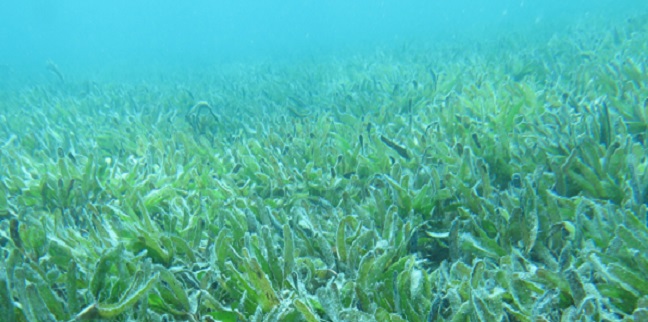
Marine Science
Protection zones for coasts and oceans are an effective way to help marine and human communities to adapt to climate change.
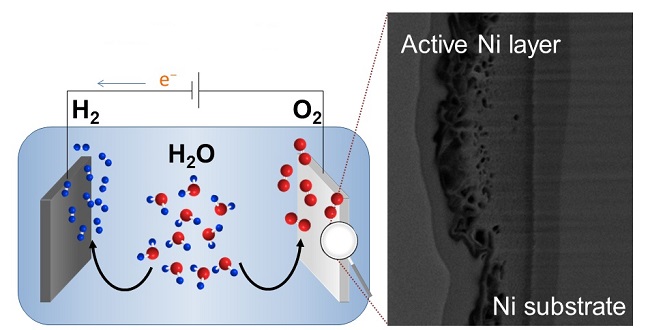
Electrical Engineering
A simple treatment of nickel to make it an efficient catalyst for water splitting.
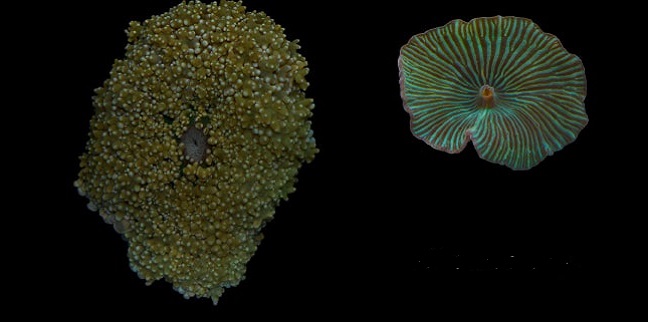
Marine Science
The genome sequences of two "false" corals offer a window into the evolution of calcification, which may help their reef-building cousins.
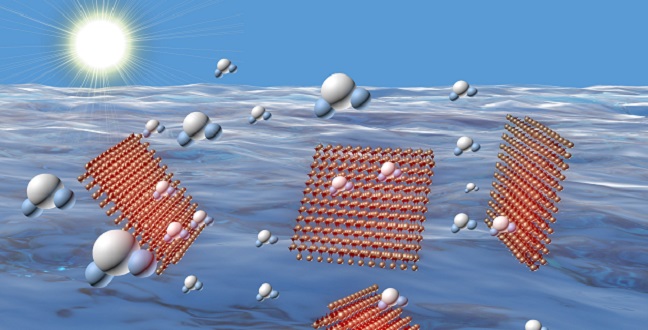
Environmental Science and Engineering
A floating membrane that uses sunlight to evaporate water shows potential for water purification.

Bioscience
Two proteins produced by a single gene interact to keep the genome in check.
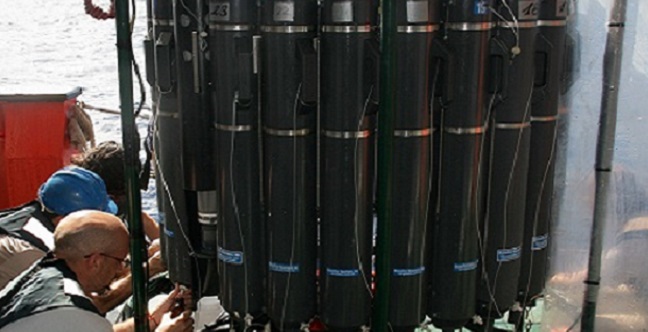
Mechanical Engineering
Data from a global oceanographic expedition predict how rising temperatures influence increase in plankton populations.
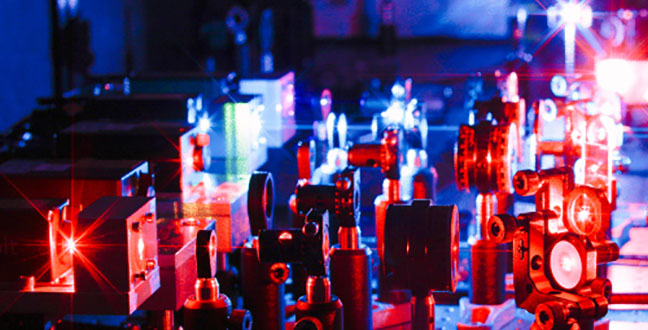
Bioscience
The movement of DNA molecules seemingly explained by random motion conceals a more orderly march.

Electrical Engineering
A coating of molybdenum improves the efficiency of catalysts for producing hydrogen.
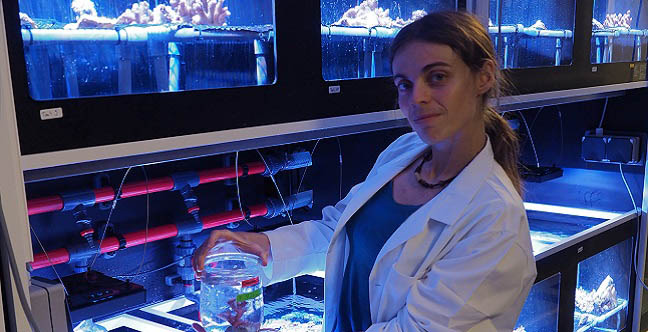
Marine Science
A unique investigation highlights how excess nitrogen can trigger coral bleaching in the absence of heat stress.

Chemical Engineering
Car manufacturers could clean up vehicle exhausts using a new model of gasoline combustion developed using experimental data.
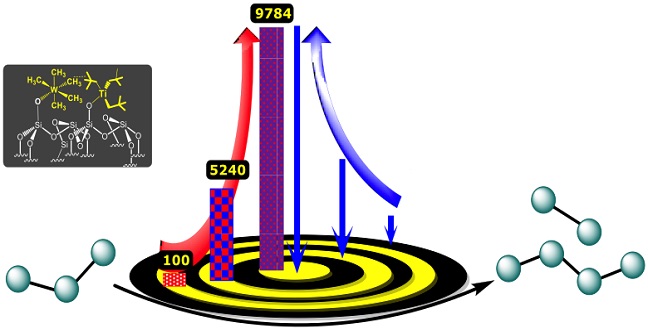
Chemistry
Tungsten and titanium compounds join forces to turn a common alkane into other hydrocarbons.
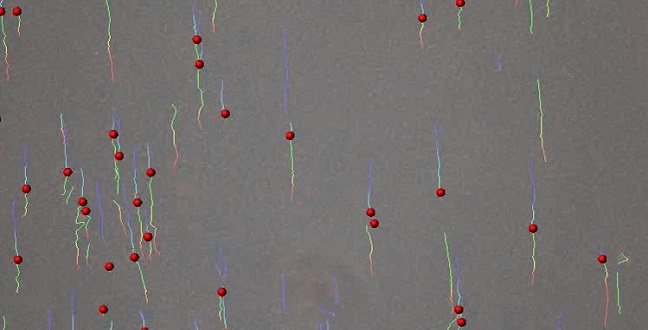
Bioscience
The surface proteins responsible for navigating immune cells to sites of inflammation are identified.
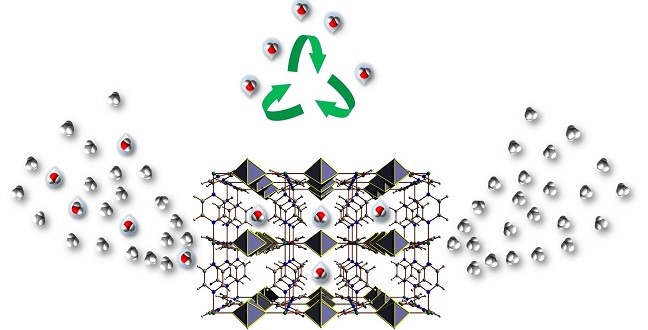
Chemistry
A breakthrough in generating water-stable metal-organic frameworks allows efficient removal of water from gases.

Bioscience
Conjugated polymers designed with a twist produce tiny, brightly fluorescent particles with broad applications.
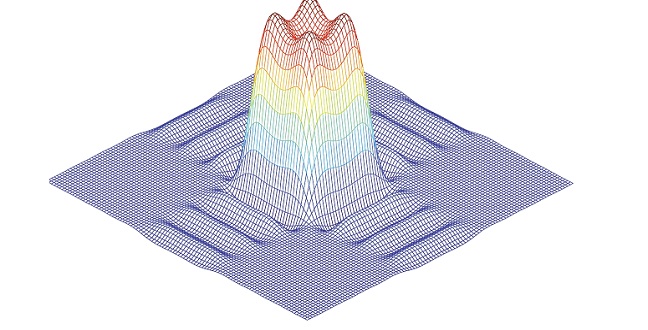
Electrical Engineering
A new method for shaping the waveform generated by multi-antenna radar systems is inexpensive and practical.
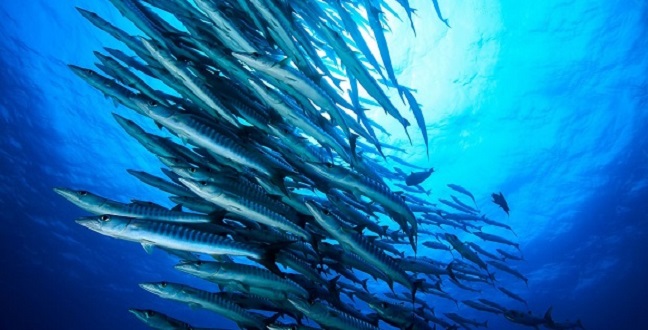
Marine Science
Careful marine management and stricter fishing laws could enable Saudi Arabia’s coral reefs to thrive.
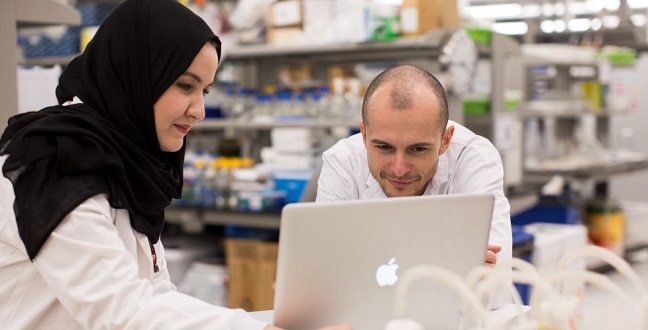
Computer Science
A new tool uses genetic and clinical information to find the root cause of unexplained illnesses.
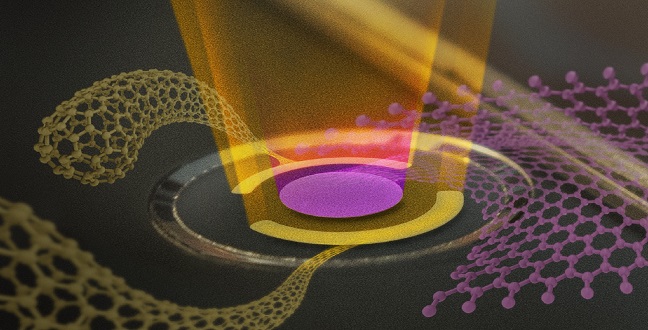
Mechanical Engineering
A flexible, carbon-based device that responds to humidity in two ways can sense 3D objects without touching them.

Earth Science and Engineering
Atlantic surface circulation transports high loads of plastic debris to remote Arctic waters.

Statistics
Statistical monitoring technology can detect serious falls and immediately warn healthcare providers.
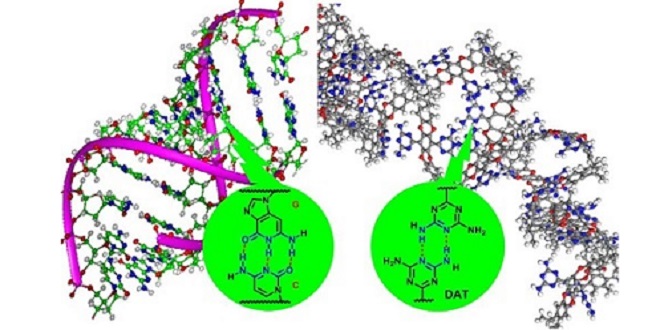
Chemical Engineering
Stable and recyclable materials synthesized using intrinsically porous polymers selectively retain CO2 from exhaust emissions and natural gas.
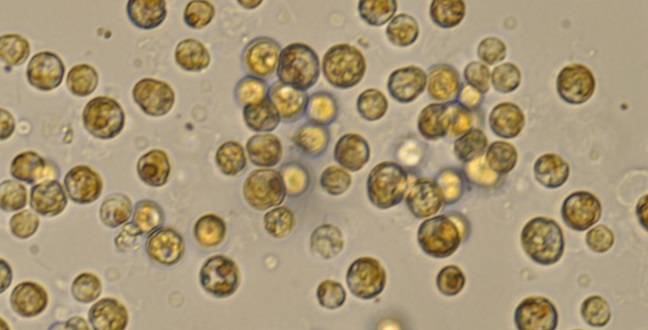
Marine Science
Stressed dinoflagellates rewrite their genes during transcription.
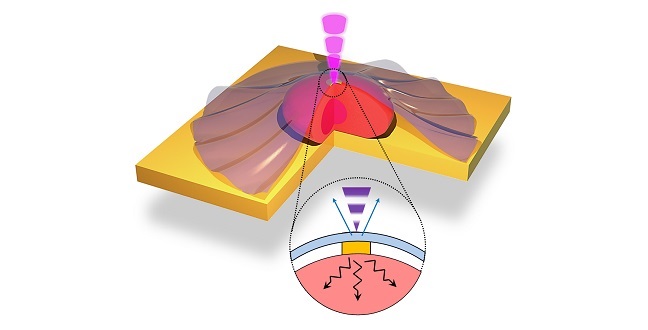
Electrical Engineering
New nano-sized sensors provide unprecedented data on how heat diffuses in and out of living cells.

Plant Science
A biological sensor can identify and quantify the activity of a little-known class of plant hormones, strigolactones.
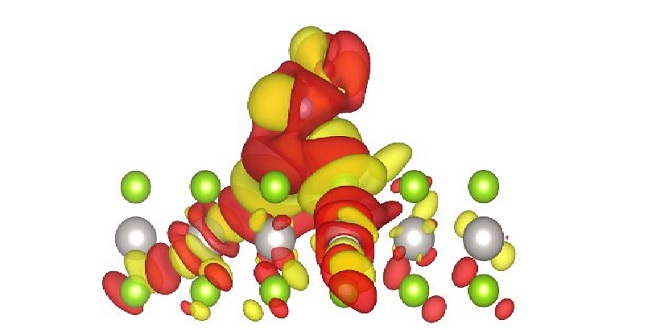
Material Science and Engineering
An ultrathin semiconducting sheet showing gas-responsive electronic properties may lead to highly sensitive gas sensors.
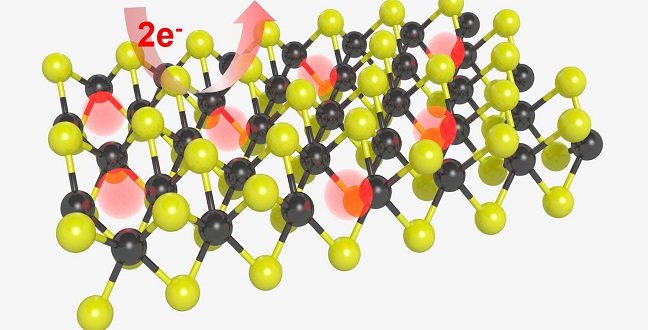
Chemistry
Using a plasma to alter the atomic composition of two-dimensional materials could make them better catalysts.
Bioscience
Enzyme follows a two-step verification system before cutting and repairing DNA damage.
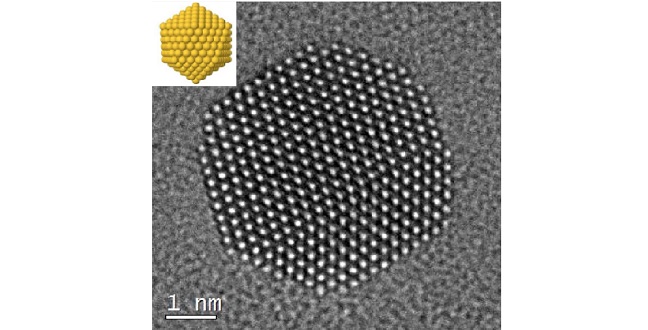
Chemistry
Understanding how small organic ions stabilize gold nanoparticles may allow for better control.
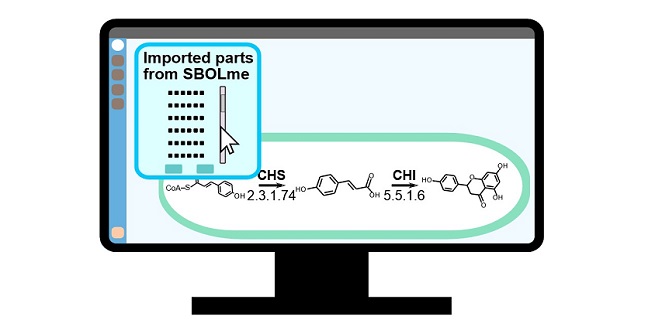
Computer Science
A repository of metabolic information provides a quick reference tool for designing useful synthetic biological systems.
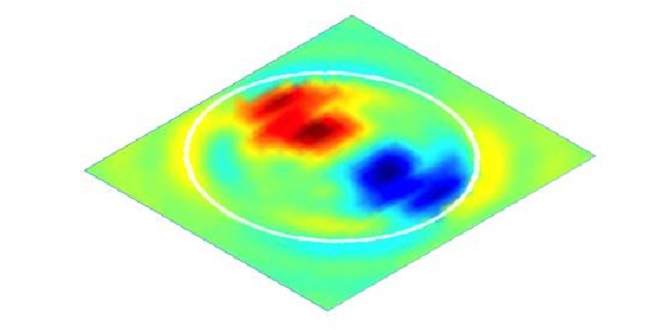
Material Science and Engineering
Discovery of a novel rotational force inside magnetic vortices makes it easier to design ultrahigh capacity disk drives.
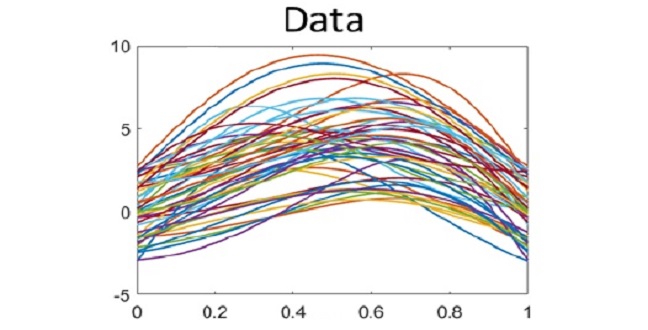
Applied Mathematics and Computational Sciences
A new method for visually presenting complex data distributions provides a much-needed tool for management, analysis and interpretation.
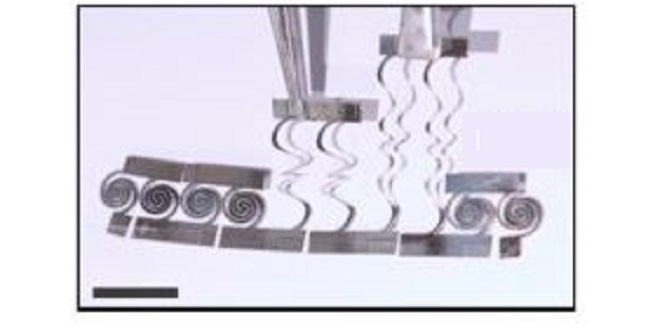
Electrical Engineering
Deformable thermoelectric materials add a new twist to the design of energy-scavenging devices.
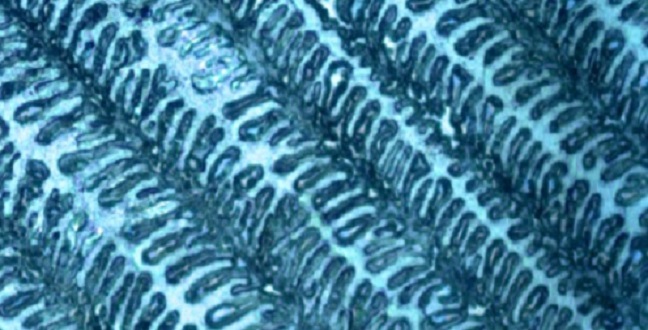
Material Science and Engineering
Controlling the orientation of hybrid perovskite crystals offers large-scale structural purity and new properties.
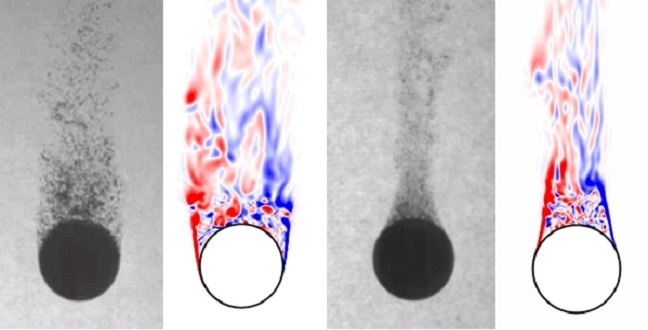
Mechanical Engineering
Plunging hot spheres into viscous liquids reveals a way to reduce fluid resistance without complex engineering procedures.

Statistics
A statistical model that accounts for common dependencies in spatial data yields more realistic results for studies of temperature, wind and pollution levels.

Applied Mathematics and Computational Sciences
An efficient wireless signal optimization scheme achieves peak performance for next-generation mobile communications.

Chemistry
Tunable porous MOF materials interface with electrodes to sound the alarm at the first sniff of hydrogen sulfide.
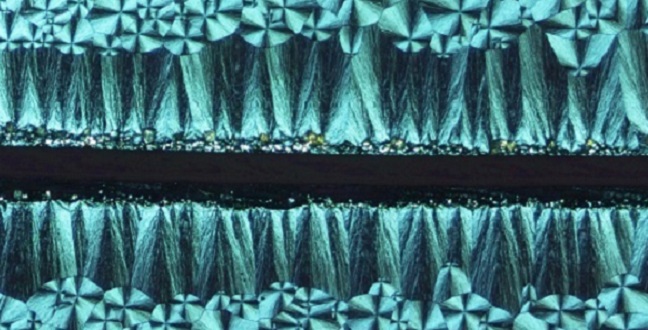
Material Science and Engineering
Varying the thickness of crystallizing materials facilitates control over the patterns and properties of crystals.
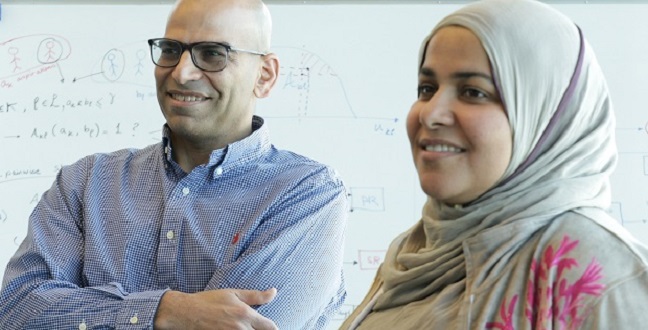
Electrical Engineering
Autonomously pairing network users could expand the capability of the next generation of wireless networks
Statistics
A statistical technique for automatically cleaning erroneous data from weather-balloon observations will improve the accuracy of weather forecasting.
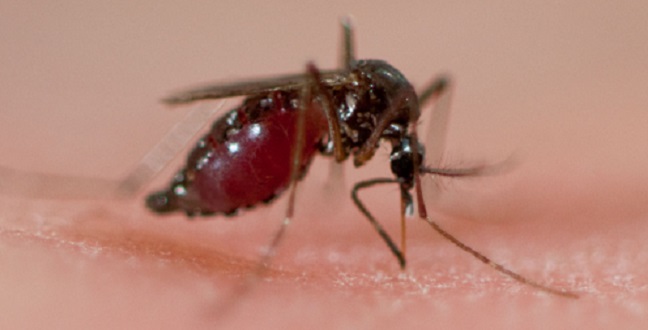
Bioscience
Africa now joins Southeast Asia in hosting parasites partially resistant to the first-line antimalaria drug, artemisinin.
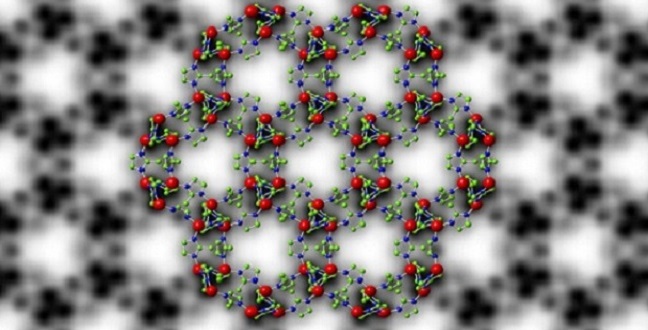
Chemistry
Highly sensitive electron cameras allow researchers to see the atomic structure of metal-organic frameworks.
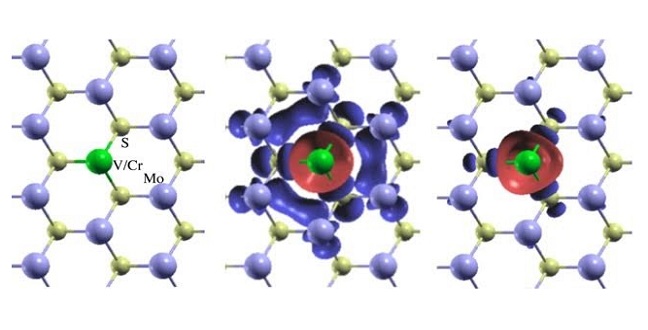
Electrical Engineering
Access to valley-polarized charge carriers by magnetic doping could transform electronics.

Marine Science
Genome sequences of dinoflagellate algae indicate how they maintain their symbiotic relationship with corals.
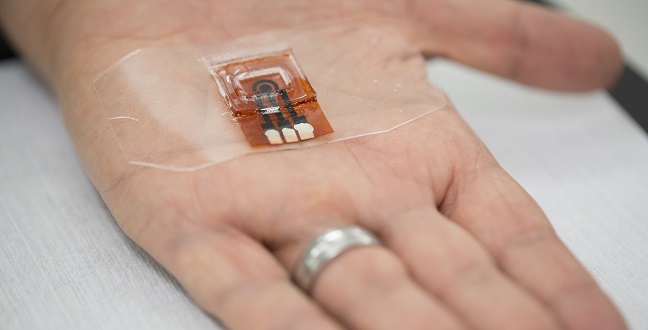
Material Science and Engineering
Inscribing porous, carbonized patterns into a polymer creates sensitive electrodes that detect biological molecules.
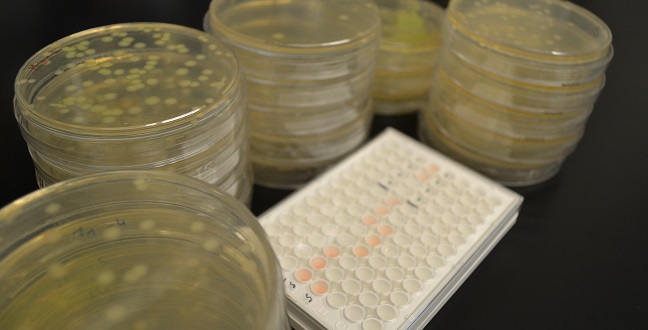
Environmental Science and Engineering
An antibiotic resistant strain of bacteria found circulating in Jeddah’s municipal wastewater could have severe implications for public health.

Material Science and Engineering
The close association between corals and bacteria may help protect coral from heat stress and bleaching.

Plant Science
The high-quality sequencing of a quinoa genome brings new potential for global food security.
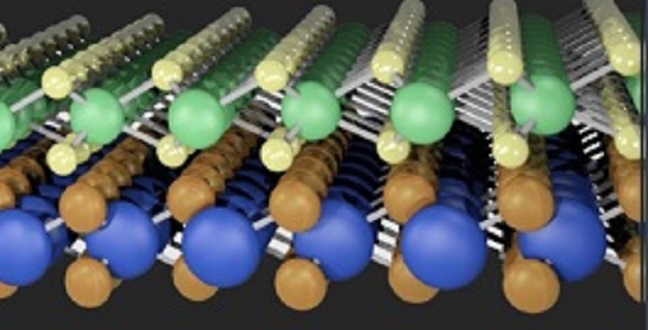
Chemistry
A simple model is shown to accurately predict the electronic properties of a combination of 2D semiconductors.

Applied Mathematics and Computational Sciences
A new approach to analyzing household electricity: smart-meter data could improve the performance and efficiency of national power grids.

Statistics
Sensitive detection of partial faults in antenna systems could prevent performance degradation in wireless networks.

Material Science and Engineering
A gene-editing method shows promise for using targeted gene-replacement therapy in living organisms.
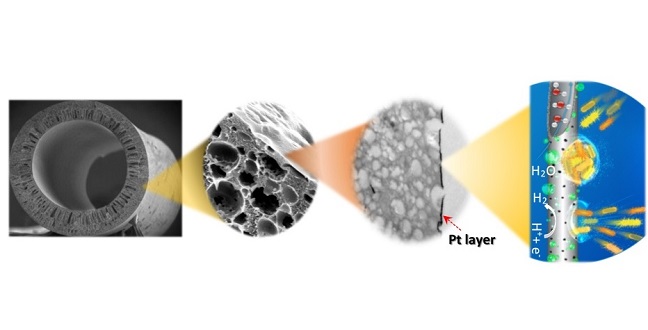
Environmental Science and Engineering
A material made by combining a metal and a polymer can help generate hydrogen and fresh water from wastewater.
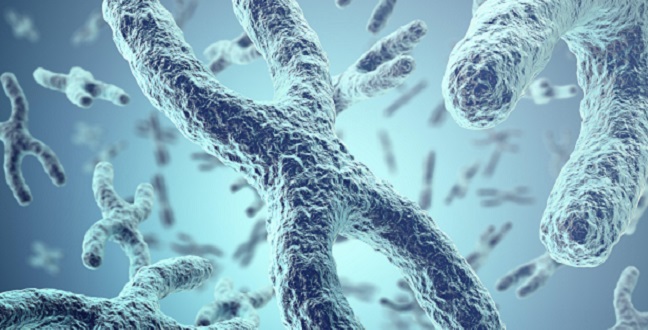
Plant Science
The dynamic three-dimensional organization of chromosomal structure can profoundly influence plant gene expression.

Chemistry
Hybrid organic-inorganic materials can self-assemble into tiny doughnut-like structures.

Applied Mathematics and Computational Sciences
A highly efficient mathematical solver designed to run on graphics processors gives scientists and engineers a powerful new tool for a common computational problem.

Material Science and Engineering
Reliable processing of an efficient solar cell material depends on how the solvent is removed.

Electrical Engineering
High-speed fabrication developed at KAUST can turn out adhesive and flexible electronic devices in any shape imaginable.

Computer Science
A new data-mining strategy that offers unprecedented pattern search speed could glean new insights from massive datasets.
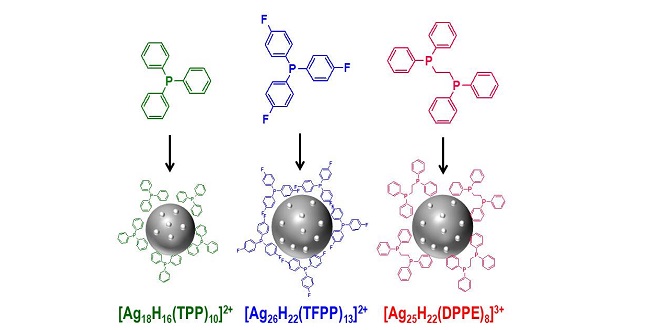
Material Science and Engineering
Surrounding silver nanoclusters with hydrogen-rich shells offers new opportunities in catalysis and opto-electronics.
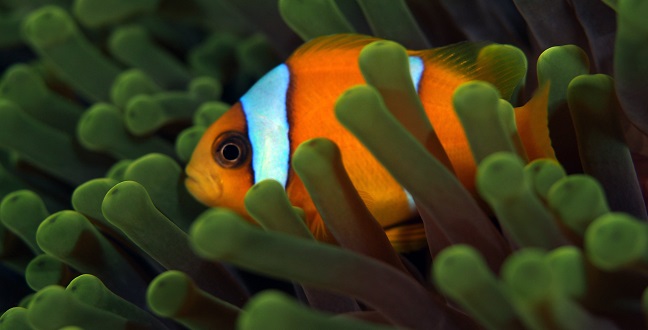
Marine Science
Identification of candidate pathways in clownfish shows they can control responses to population alterations.
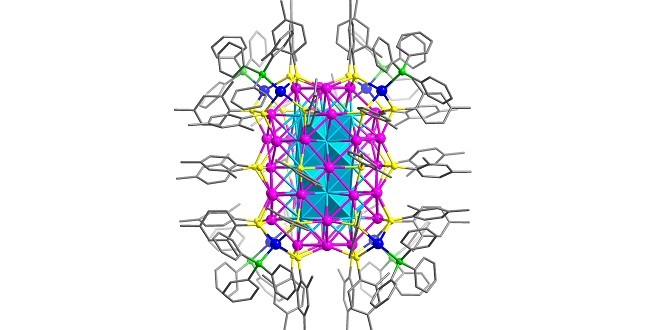
Material Science and Engineering
Research at KAUST finds that silver atoms can be crafted into a box-shaped nanocluster by careful selection of ligand molecules.
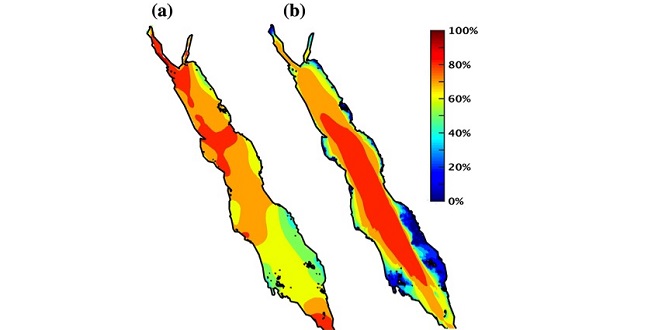
Earth Science and Engineering
Advanced numerical models are helping researchers identify potential sites to exploit offshore wind and wave energy in the Red Sea region.
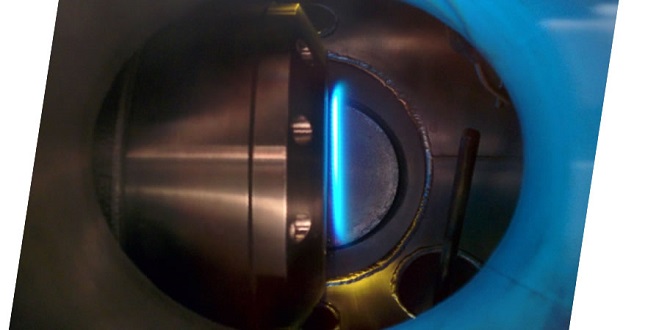
Mechanical Engineering
The characterization of compounds produced in combustion could lead to cleaner, more efficient power stations.
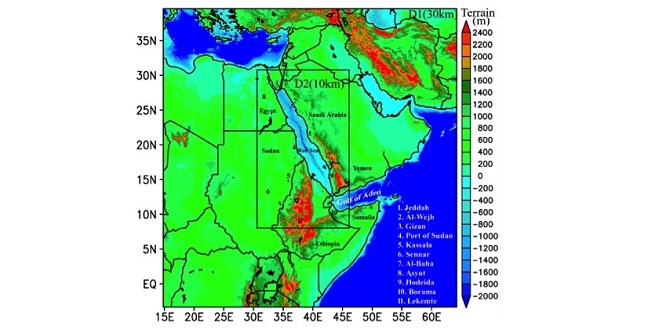
Earth Science and Engineering
An advanced numerical model is helping researchers better understand the variability of the Red Sea’s climate patterns.

Statistics
A statistics-driven method for the early detection of emerging problems in industrial processes could improve industrial safety, reliability and productivity.
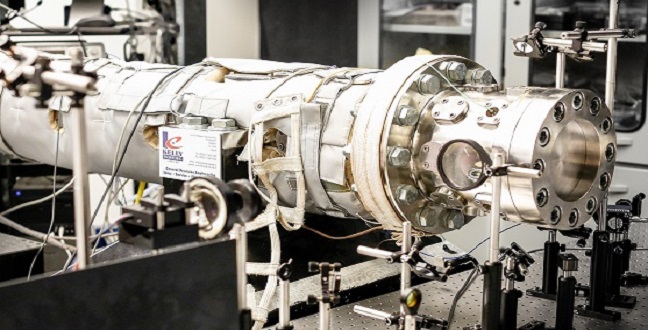
Mechanical Engineering
New technique lays the foundation for greener transport fuels and next-generation engines.
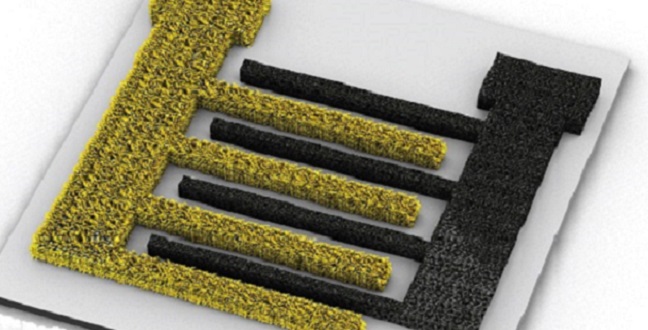
Material Science and Engineering
Microscale energy storage units for wearable and miniaturized electronic devices are improved using porous materials.

Applied Mathematics and Computational Sciences
Wafer-thin, scratch-proof films can generate a rainbow of colors using random metallic nanostructures.
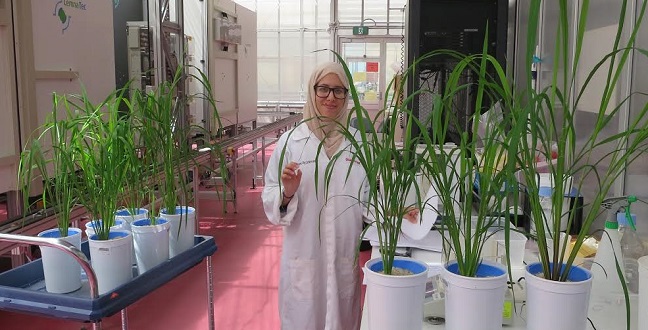
Plant Science
Real-time genetic detailing of rice plants highlights the roles of different loci in response to salt stress during growth.
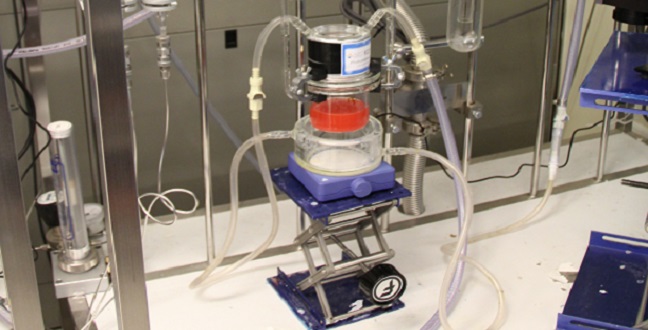
Chemistry
Standardized reporting of energy conversion efficiency could help to develop photocatalysts to produce renewable fuels.
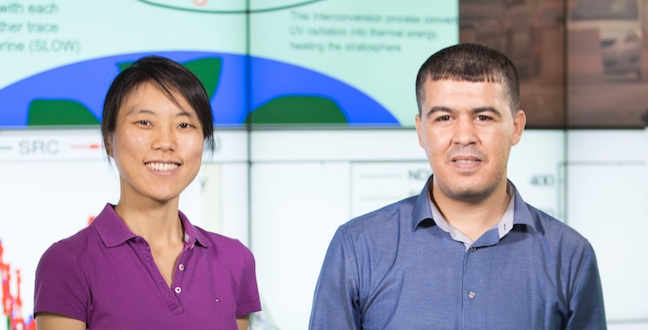
Applied Mathematics and Computational Sciences
Sophisticated statistical methods can detect ozone pollution hot spots and monitor instrument failure.
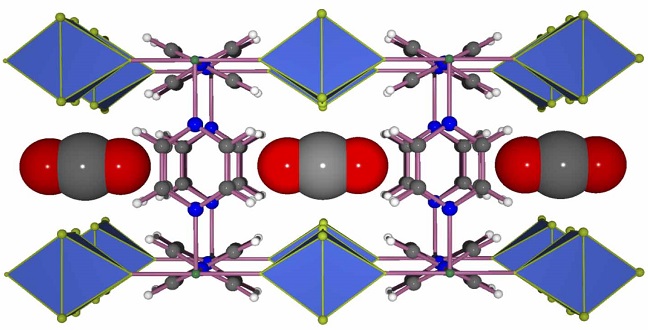
Chemistry
New heights reached for solids that capture carbon dioxide at low concentrations in gas mixtures.
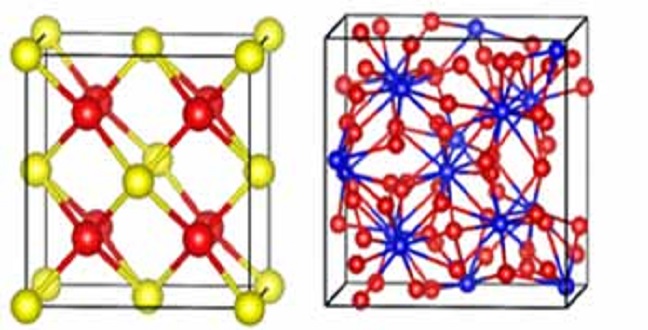
Material Science and Engineering
Tin selenide is an effective host for storing sodium ions, making it a promising material for sodium ion batteries.

Chemistry
A clean, green, metal-free approach to making high-performance polycarbonates.

Electrical Engineering
Smart bandage technology provides instant updates on the condition of chronic wounds through a mobile phone app.
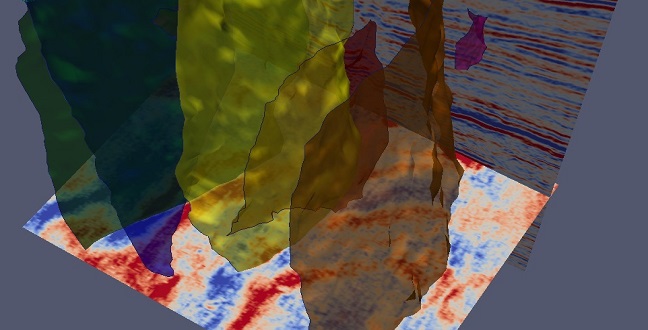
Electrical Engineering
Software that automatically recognizes surfaces within complex three-dimensional images can benefit petroleum extraction.
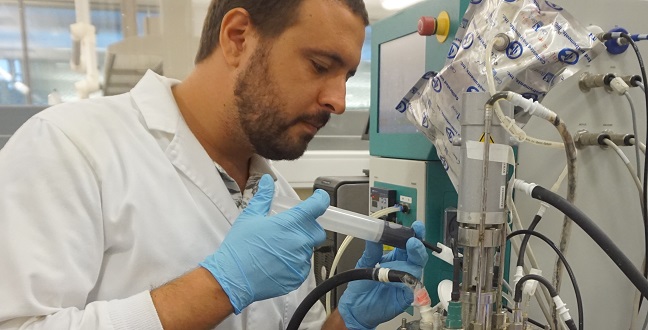
Environmental Science and Engineering
Certain bacteria-based water treatment systems may help prevent the spread of antibiotic resistance.

Mechanical Engineering
Images of from a high-speed camera reveal a microbead formation process during the vapor explosion of liquid metal dropping into a pool of water.

Applied Mathematics and Computational Sciences
Carefully designed crystal structures can now be tuned to control how they transmit acoustic waves.
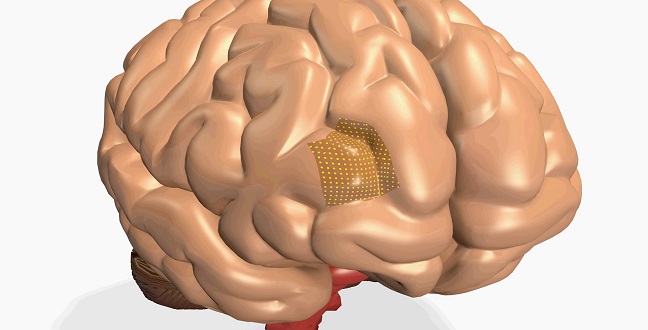
Electrical Engineering
New sensor design paves the way for safer and more effective brain monitoring.
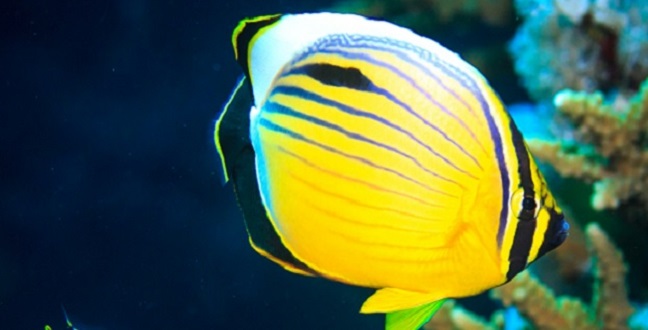
Marine Science
A genome for the blacktail butterflyfish may illustrate how reef fish adapt to challenging conditions in the Red Sea.

Chemistry
A biocompatible nanomaterial that can be controlled with light finds a use in gene delivery.
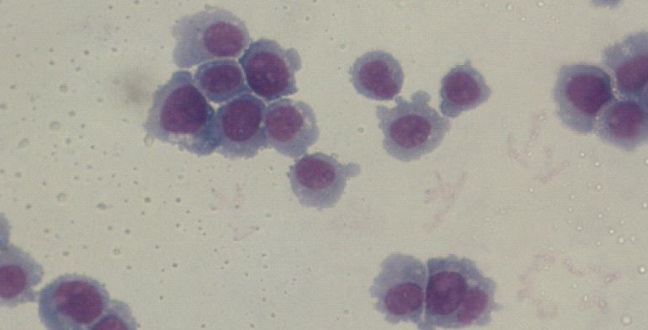
Bioscience
Antibodies directed against cancer stem cells could help patients with acute myeloid leukemia.
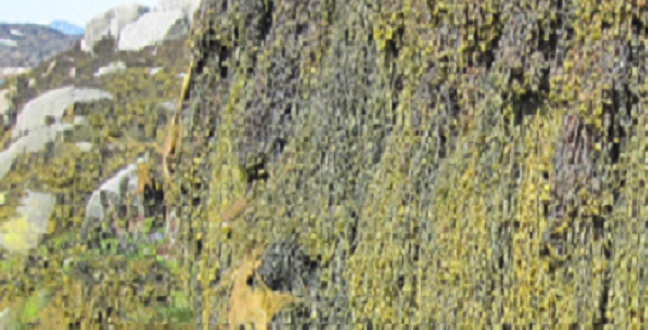
Marine Science
Carbon storage by coastal macro algae is a significant but neglected aspect of the global carbon budget.

Earth Science and Engineering
Satellite radar image analysis reveals that rifting in Iceland exhibits simultaneous horizontal and sideways movement.
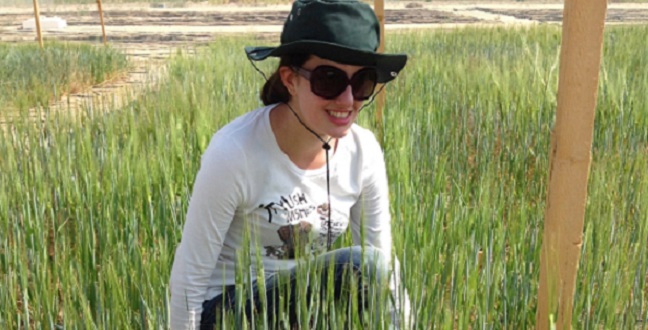
Plant Science
Mapping the genetics underlying barley yields helps pinpoint mutations responsible for increasing the crop’s salt tolerance.
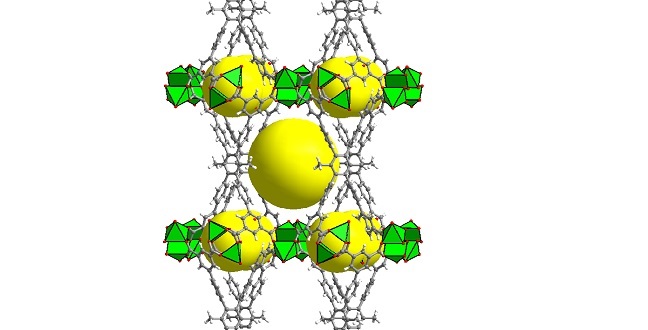
Chemistry
Tweaking the structure of metal-organic frameworks could transform the capacity to use methane as a fuel.

Computer Science
New software generates three-dimensional models of buildings, with applications for disaster relief support.
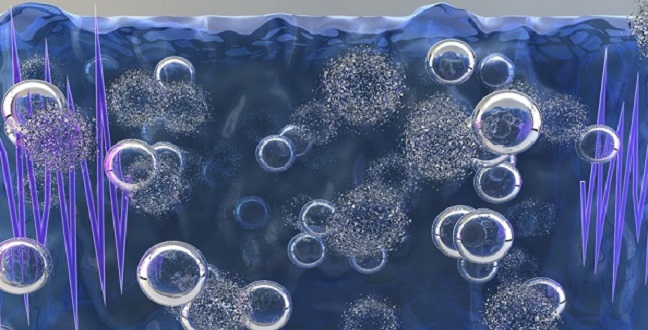
Material Science and Engineering
Imploding bubbles improve the growth of single-crystalline perovskite solar cell thin films.

Earth Science and Engineering
Surface deformation caused by magma rising within the crust may in turn have prevented a volcanic eruption in Saudi Arabia.
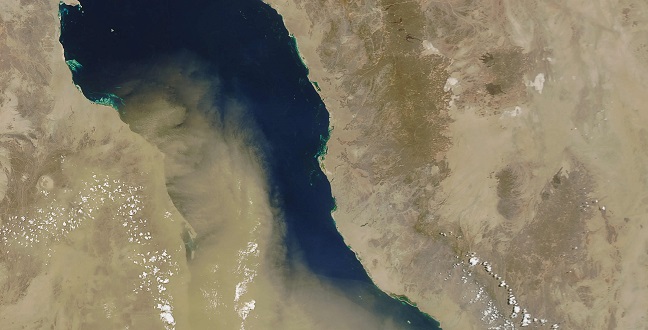
Earth Science and Engineering
High-resolution modeling improves understanding of dust flow from Africa across the Red Sea toward the Arabian peninsula.

Applied Mathematics and Computational Sciences
Researchers round up clues to track down enhancers.

Electrical Engineering
Nanocrystals that generate white light could help combine lighting and communications systems into one.
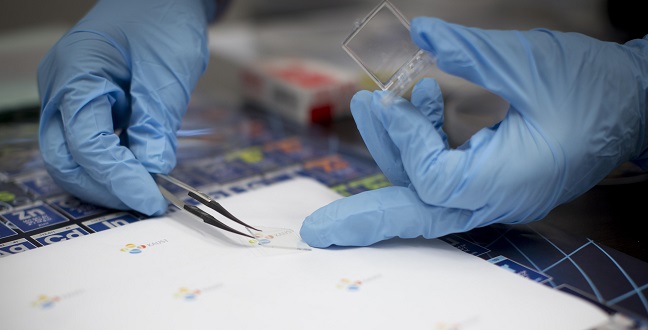
Material Science and Engineering
Atom-by-atom deposition leads to low-cost, high-performance transparent electronic materials.
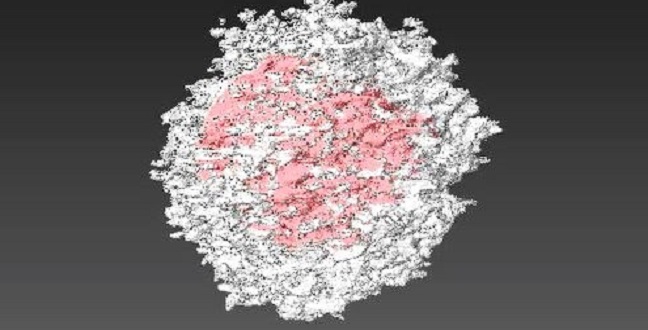
Chemistry
Nonsurfactant polymers template produces a highly porous, three-dimensional inorganic crystal to enhance catalysis and separation.